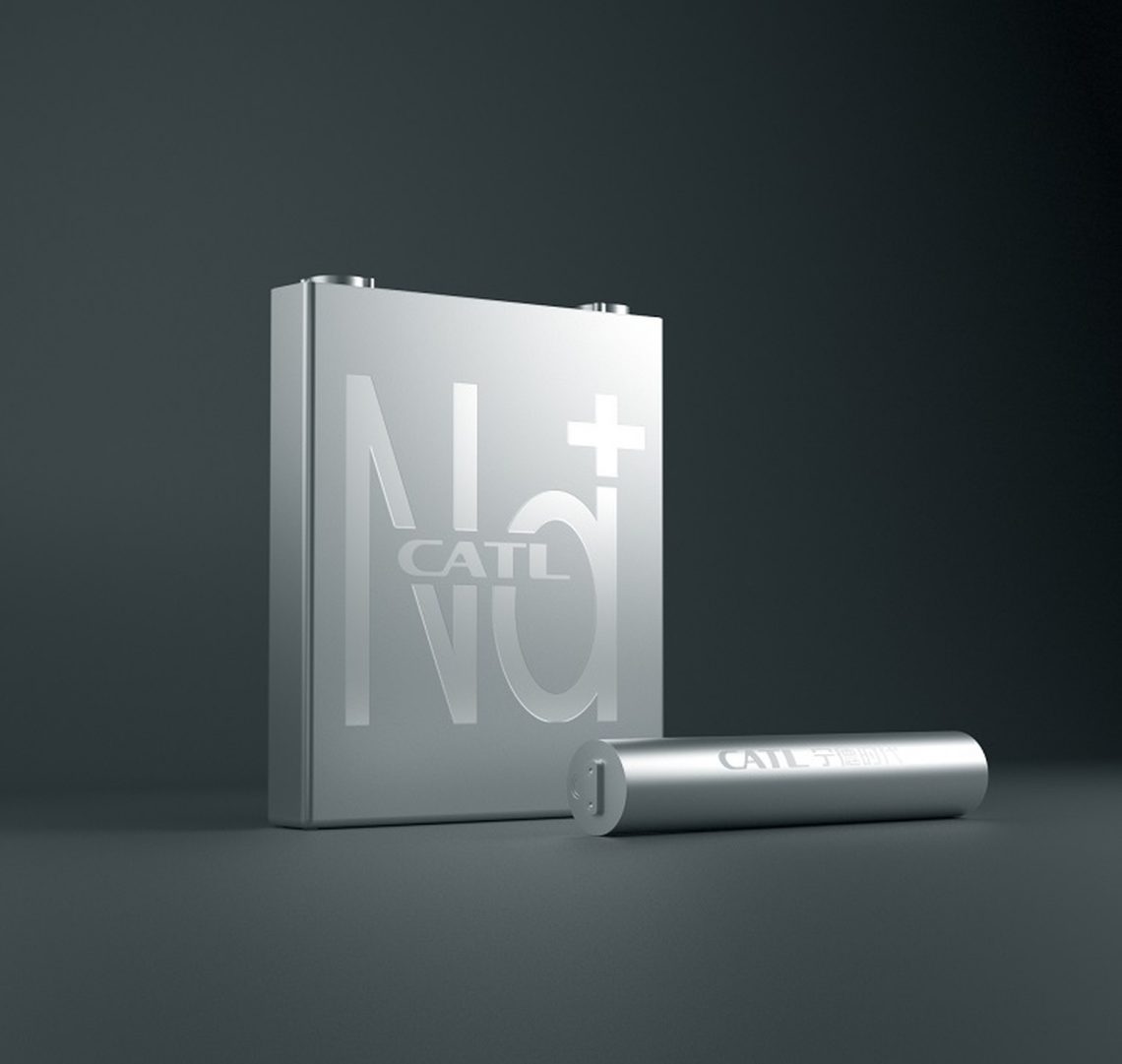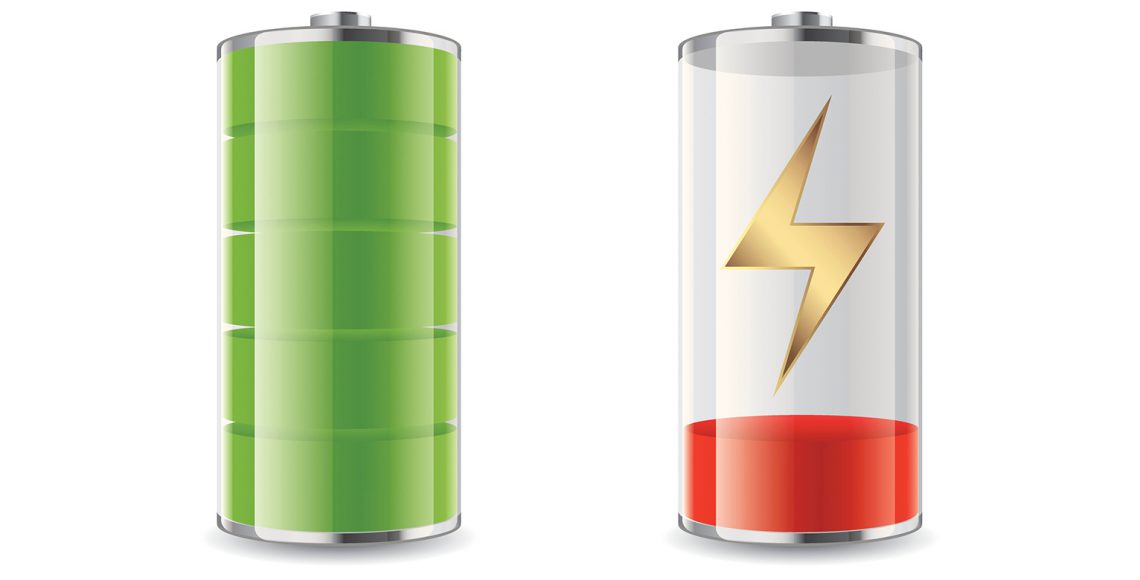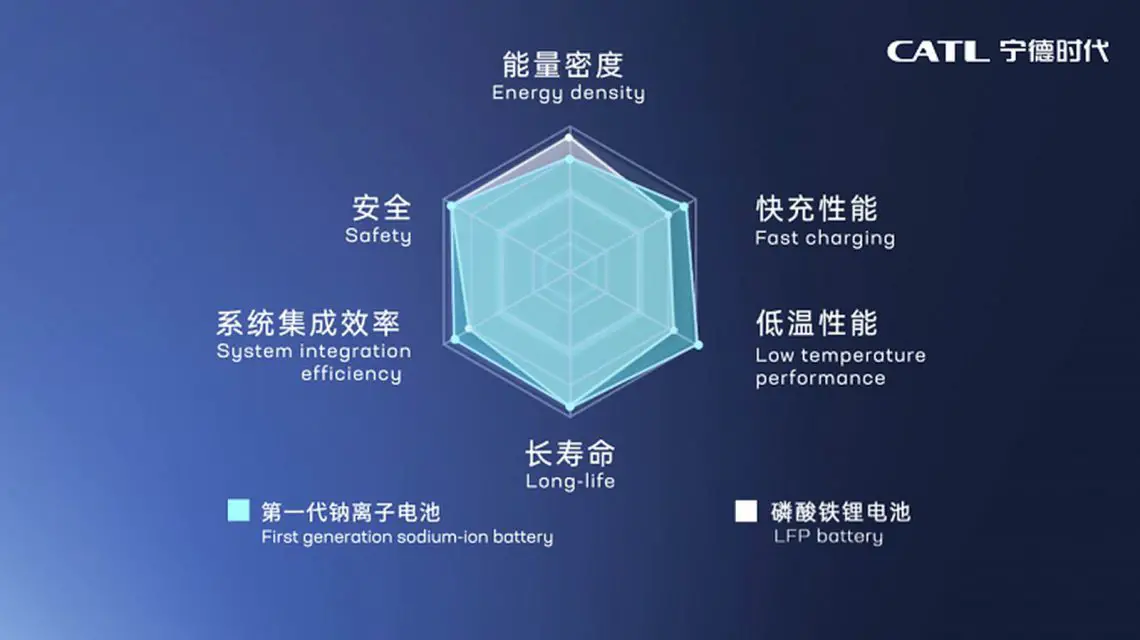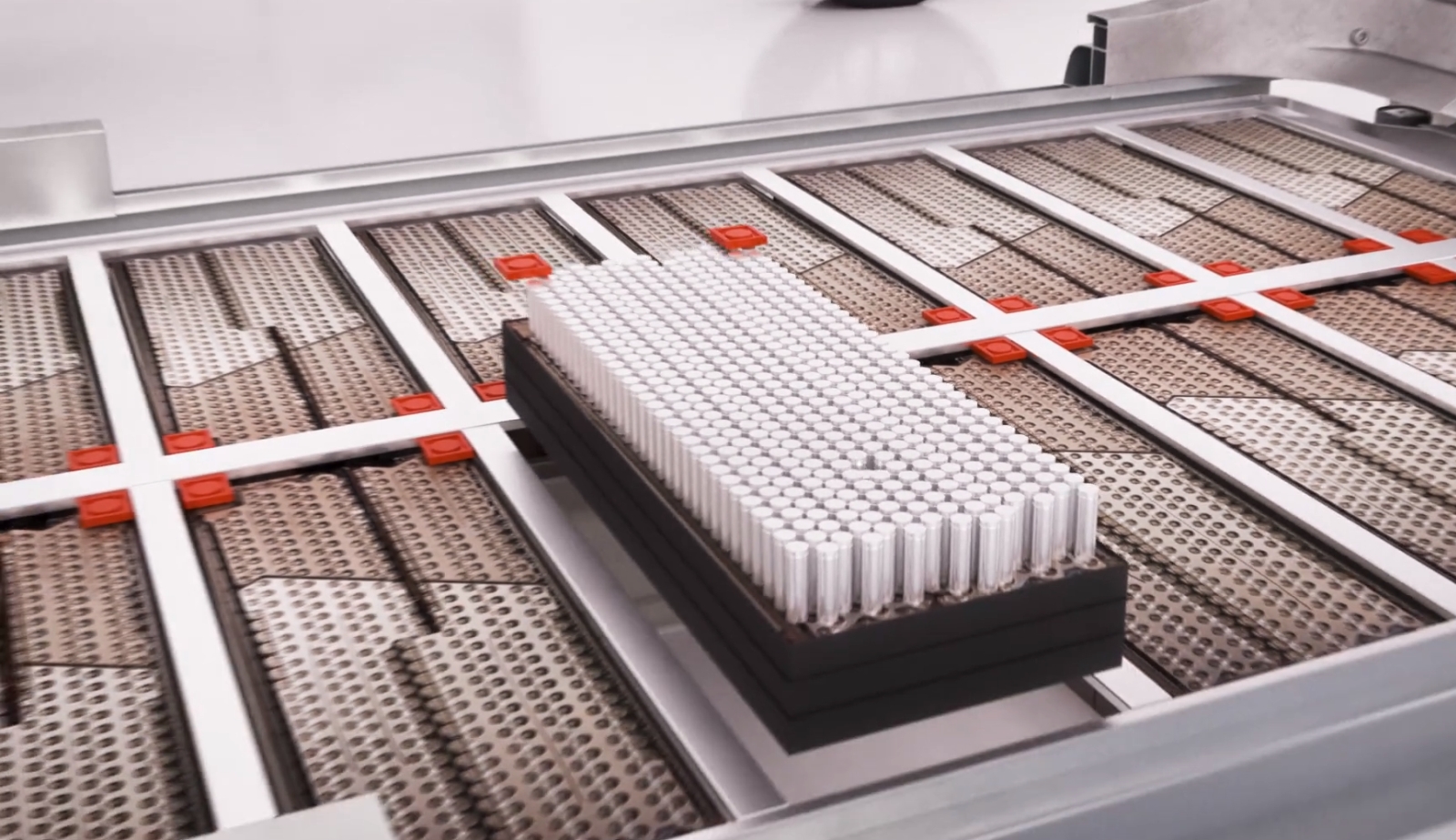CATL Introduces First Sodium Ion Battery – Is This the Future?
CATL
The largest battery manufacturers for electric vehicles all come from Asia. Think of well-known names such as LG, Panasonic and Samsung. The largest is in China and is called CATL. This battery manufacturer has a market share of 32.5% and supplies batteries to, among others, Volkswagen, BMW, Volvo and even Tesla.
Two million kilometers
Battery manufacturers are now investing billions in battery development. The world is in the midst of an energy transition and the demand for efficient and powerful batteries is huge. CATL now says it has a battery that can last two million kilometers in a car. They are now taking it one step further and have announced their first generation sodium-ion battery.
Text continues below the photo

Lithium vs Sodium
Sodium-ion batteries actually work the same as lithium-ion batteries, which are also in your phone and laptop. They also have an anode (minus pole) and cathode (plus pole), with an electrolyte in between: a kind of gel made up of salts and acids. In a lithium-ion battery, lithium ions try to get from one pole to the other and this releases electricity. In a sodium ion battery, sodium ions (Na+) fulfill the role of lithium ions.
Text continues below the photo

Lithium deficiency
Since the introduction of the electric car, the market has barely been able to keep up with the demand for lithium. Thanks to the corona crisis, production has also been scaled back, causing a worldwide lithium shortage. As a result, lithium prices will almost quadruple in 2021.
Unlike lithium, sodium is abundant, making it theoretically possible to produce sodium-ion batteries much easier and cheaper. In addition, sodium-ion batteries contain no cobalt, which is always in short supply and which is also controversially extracted.
Operation
Back to CATL’s sodium-ion battery. In addition to being cheaper and easier to produce in theory, it can also charge very quickly. In 15 minutes he is at 80%. It does this at room temperature, while lithium batteries must first warm up to be able to charge really quickly. Many electric cars nowadays also have a preheating function for the battery pack, if you plan to fast-charge.
In cold temperatures, the NA+ battery also performs excellently according to CATL. Even at -20°C it works almost optimally, while traditional batteries do not work well at such temperatures.
Text continues below the photo

The future?
It all sounds very interesting and promising. But as we said in the introduction, news about great new batteries should always be taken with a grain of salt. So is the news from CATL. For a first-generation experimental battery, the numbers are neat, but of course there are also disadvantages to the battery that they have announced.
For example, the energy density of the Na+ battery is lower than that of the lithium-ion batteries that CATL currently supplies to car manufacturers. In an electric car you will not get as far with this new type of batteries, or you will need more of them. In addition, it is not known how long the battery will last. CATL speaks of ‘long life’, but is otherwise unclear about this. It is now clear that we will hear a lot about sodium-ion batteries in the future.
Also read: Why does a battery in an electric car last longer than in your phone?
Why does a battery in an electric car last longer than in your phone?

